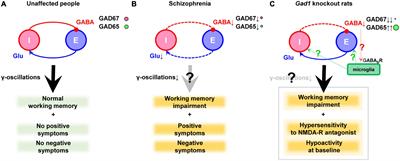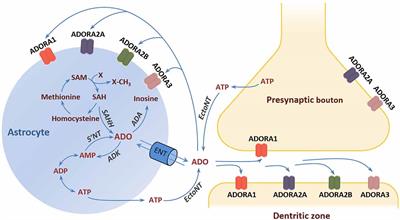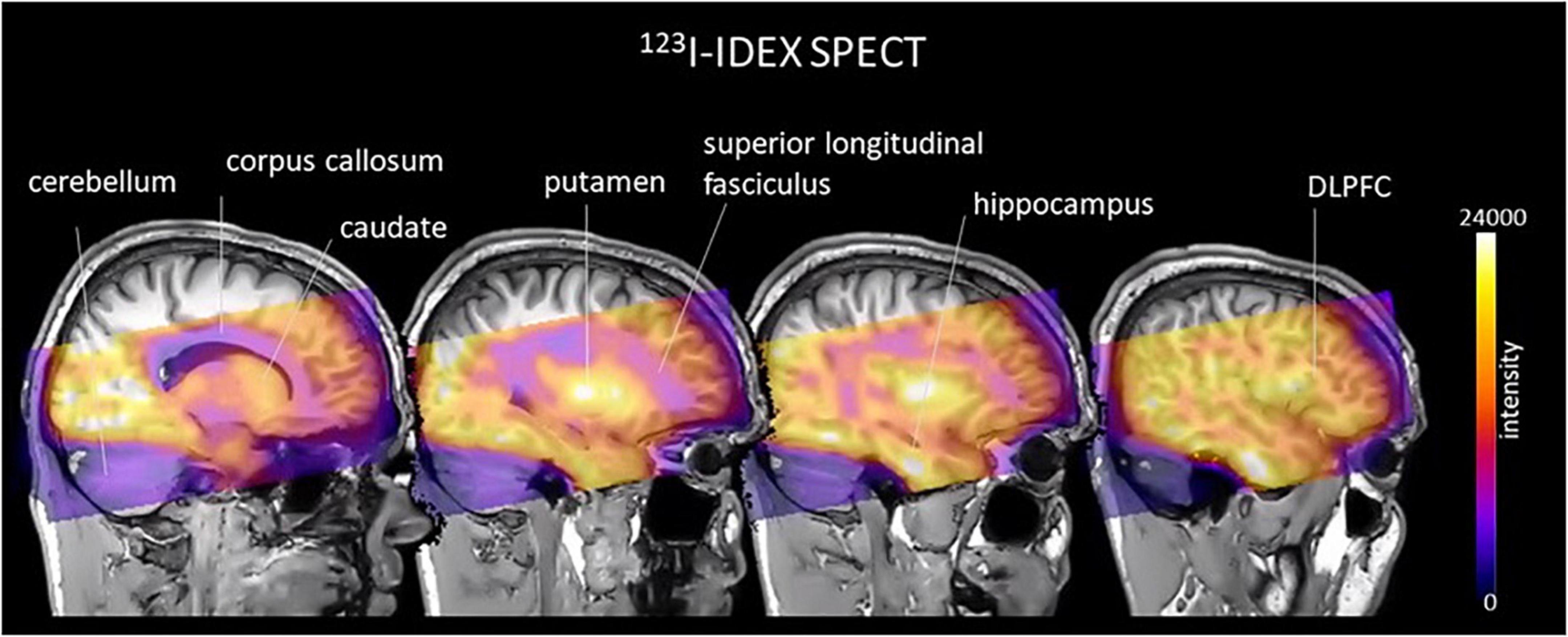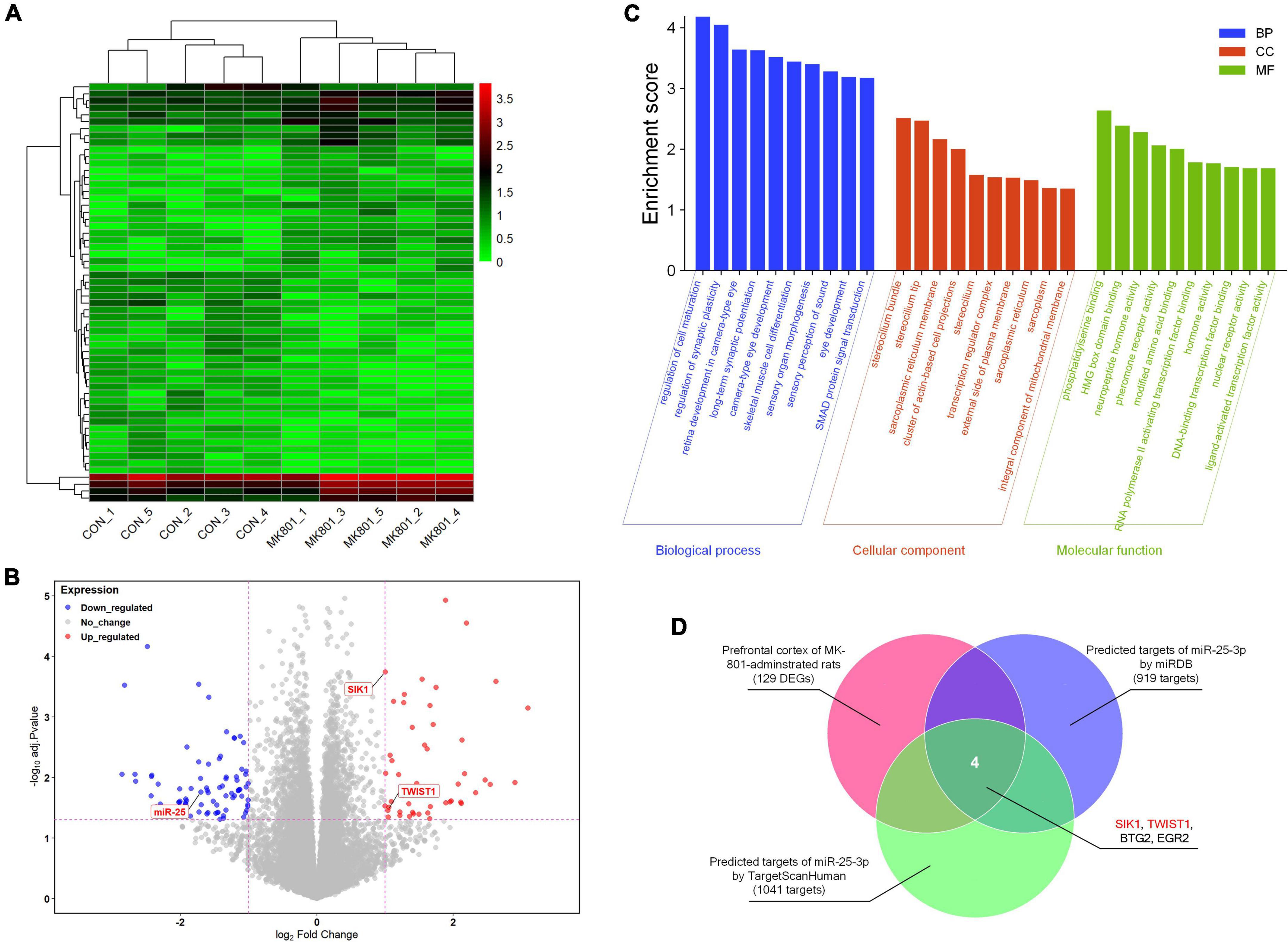EDITORIAL
Published on 16 Jun 2023
Editorial: Mapping the pathophysiology of schizophrenia: interactions between multiple cellular pathways, volume II
doi 10.3389/fncel.2023.1232677
- 939 views
- 1 citation
7,770
Total downloads
33k
Total views and downloads
Select the journal/section where you want your idea to be submitted:
EDITORIAL
Published on 16 Jun 2023
MINI REVIEW
Published on 24 Apr 2023

REVIEW
Published on 14 Mar 2023

REVIEW
Published on 22 Feb 2023

ORIGINAL RESEARCH
Published on 20 Jan 2023

ORIGINAL RESEARCH
Published on 28 Nov 2022

ORIGINAL RESEARCH
Published on 03 Nov 2022

ORIGINAL RESEARCH
Published on 23 Feb 2022

